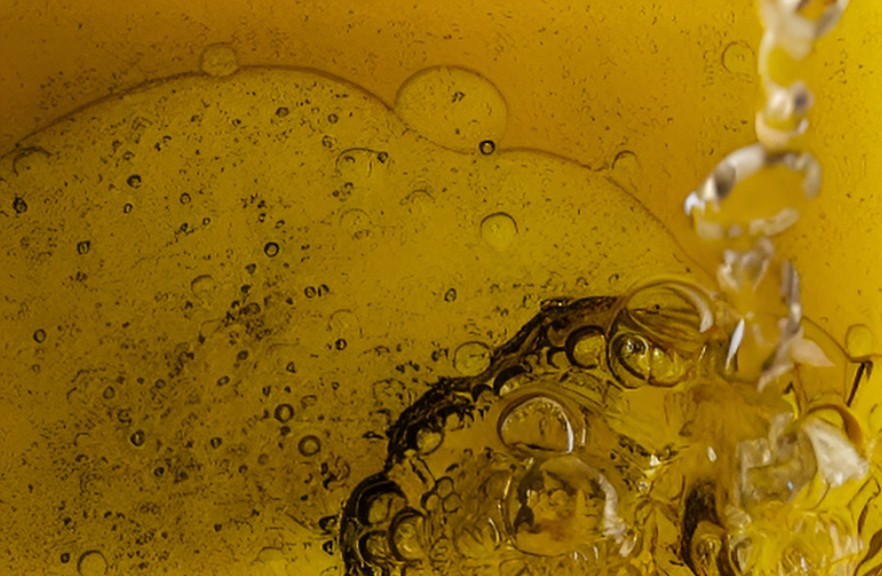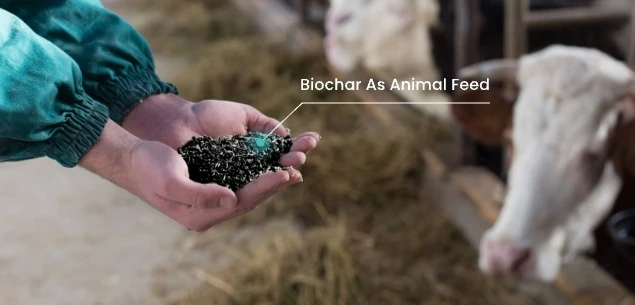The process of plastic pyrolysis has gained considerable attention as an effective method for converting plastic waste into valuable resources. Pyrolysis oil, derived from the thermal decomposition of plastics in the absence of oxygen, stands out as one of the primary by-products of this process. A comprehensive analysis of the composition of plastic pyrolysis oil is critical for assessing its potential applications, especially as a renewable fuel source. Understanding the chemical and physical properties of this oil helps in optimizing its use, refining its quality, and exploring new market opportunities.
Chemical Composition of Plastic Pyrolysis Oil
Plastic pyrolysis oil, often referred to as "pyrolysis oil" or "bio-oil," consists of a complex mixture of hydrocarbons. The specific composition largely depends on the type of plastic feedstock used, the pyrolysis conditions (such as temperature and pressure), and the plastic into fuel machine design. However, the general chemical structure of plastic pyrolysis oil includes a variety of organic compounds that can be categorized into several groups:
-
Alkanes and Alkenes: These are the simplest hydrocarbons found in plastic pyrolysis oil. Alkanes, or saturated hydrocarbons, include compounds such as methane, ethane, propane, and butanes. Alkenes, or unsaturated hydrocarbons, include ethylene, propylene, and butenes. These compounds are highly volatile and contribute significantly to the oil’s fuel properties, especially its combustibility.
-
Aromatic Compounds: Pyrolysis oil contains a significant amount of aromatic hydrocarbons, which include benzene, toluene, xylene, and other polyaromatic hydrocarbons (PAHs). These compounds are known for their high energy content and contribute to the high calorific value of plastic pyrolysis oil. Aromatic compounds are also considered valuable in the petrochemical industry, as they are used in the production of plastics, synthetic fibers, and other chemicals.
-
Oxygenated Compounds: Oxygenated compounds, including alcohols, aldehydes, ketones, and carboxylic acids, are prevalent in plastic pyrolysis oil. These compounds are formed due to the presence of oxygen in the feedstock and the decomposition reactions occurring during pyrolysis. Oxygenated compounds influence the acidity, viscosity, and corrosiveness of the pyrolysis oil, which can affect its usability in various applications. The presence of oxygen can also make the oil more reactive, which requires careful handling and processing for specific uses.
-
Hydrogenated Compounds: Some hydrogenated compounds, such as cyclohexane, are formed during the pyrolysis process. These compounds, like the alkanes and alkenes, are non-polar, contributing to the oil's fluidity. Hydrogenation is a key factor in altering the chemical stability and performance characteristics of the oil.

Physical Properties of Plastic Pyrolysis Oil
In addition to its chemical composition, the physical properties of plastic pyrolysis oil are critical for determining its feasibility in various applications. These properties include:
-
Viscosity: The viscosity of plastic pyrolysis oil is relatively high compared to conventional petroleum fuels. This high viscosity is often a result of the oxygenated compounds and heavy hydrocarbons present in the oil. High viscosity can complicate the handling and storage of the oil, especially in engines and burners designed for conventional fuels. To make plastic pyrolysis oil more usable, it may need to undergo further refining or dilution with lighter hydrocarbons.
-
Density: The density of plastic pyrolysis oil is typically higher than that of water but lower than that of most heavy oils. This density varies depending on the feedstock and pyrolysis conditions. Its density impacts the oil's combustion efficiency and storage characteristics, making it essential for determining how the oil can be processed and utilized.
-
Acidity and pH: Plastic pyrolysis oil is often acidic, primarily due to the oxygenated compounds. The presence of acids such as acetic acid and formic acid affects the oil's corrosiveness and stability, especially in storage and transport. Managing the acidity of pyrolysis oil is crucial for ensuring the longevity of equipment and the safety of handling procedures.
-
Calorific Value: The calorific value of plastic pyrolysis oil varies depending on the type of plastic processed and the reaction conditions. Generally, pyrolysis oil has a lower calorific value compared to traditional fossil fuels like diesel or gasoline. However, it is still a viable energy source, particularly when refined and upgraded to improve its energy content. The presence of aromatic compounds boosts the calorific value of the oil, making it more suitable for combustion applications.
Upgrading Plastic Pyrolysis Oil
To enhance the quality and utility of plastic pyrolysis oil, it may require further treatment and upgrading. Some common methods for upgrading include:
-
Hydroprocessing: This involves the addition of hydrogen to remove oxygenated compounds, reducing the acidity and improving the stability of the oil. Hydroprocessing can increase the oil's calorific value and make it more suitable for use in industrial burners or as a substitute for conventional fuels.
-
Distillation: Distillation is used to separate different fractions of the pyrolysis oil based on boiling points. This can help remove lighter fractions that are too volatile and enhance the heavier fractions suitable for fuel production. This process allows for the optimization of the oil’s properties, tailoring it for specific applications such as fuel for boilers, generators, or engines.
-
Blending with Other Fuels: Plastic pyrolysis oil can be blended with other biofuels or fossil fuels to improve its combustion properties and reduce its viscosity. Blending can make the oil more compatible with existing infrastructure, increasing its value in the energy market.
Potential Applications of Plastic Pyrolysis Oil
Plastic pyrolysis oil is primarily considered a renewable fuel source. However, its unique composition also offers potential for use in other industries. The oil's aromatic compounds make it valuable in the production of chemicals, and its high energy content is suitable for power generation. Additionally, the by-products from the pyrolysis process, such as carbon black and syngas, can be further processed for additional revenue.
The ability to upgrade plastic pyrolysis oil through hydroprocessing and distillation opens new avenues for its use as a cleaner alternative to conventional fuels. This versatility makes it a valuable resource in the transition to a more sustainable, circular economy.








